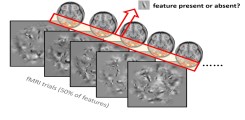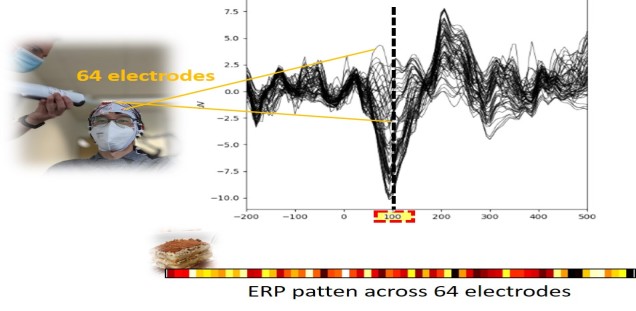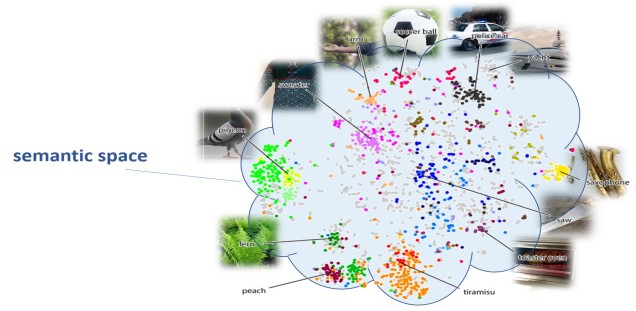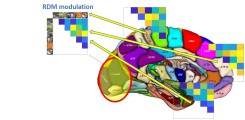Knowledge-based Vision Lab
Overwiew
What we know is shaped by our perceptual experiences. But how does our knowledge shape perception? To resolve this outstanding question, our research sheds light on how visual attention and visual expectations affect:
1) the efficiency with which our brain encodes natural image information
2) the speed with which our brain translates image information into meaningful concepts
3) the flow of visual information across the human cerebral cortexTo address these open questions, we deploy a variety of multivariate analysis techniques to fMRI and EEG data, including a multivariate measure of brain connectivity.
Furthermore, we use advanced psychophysical methods, facilitated by trained deep convolutional neural networks, to create natural images for which we can quantify how informative each image detail is for image recognition.
Coding efficiency in the human visual cortex
To reveal how knowledge allows our brain to better process sensory information, our objective is to determine if attention and expectation increase the efficiency with which image information is encoded in the human visual cortex. To this end we use trained deep constitutional neural networks to create 'feature-reduce' versions of natural images, and combine advanced psychophysical and fMRI methods to determine if expectation and attention increase the encoding of the most informative image features
Speeding up information processing in the human brain
To reveal how knowledge allows our brain to faster process sensory information, we will measure 'brain-speed' as the time it takes to transform visual sensations into meaningful concepts of what we are looking at (semantics). This we will realize by synergizing state of the art knowledge on 'semantic distances' between images and multivariate analysis of EEG response patterns.
Changing information flow between brain areas
To gain more insights into how knowledge changes perception, we will unravel how expectations and attention change the way in which information flows between brain areas. To this end, we will measure how these two processes alter the similarity with which brain areas encode a wide range of images. This we realize by using fMRI and pattern analysis to measure 'representational geometry' for all cortical brain areas. Furthermore, we will combine this data with EEG data to determine the direction of observed effects.
Visit us on: knowledge-based-vision.com/



